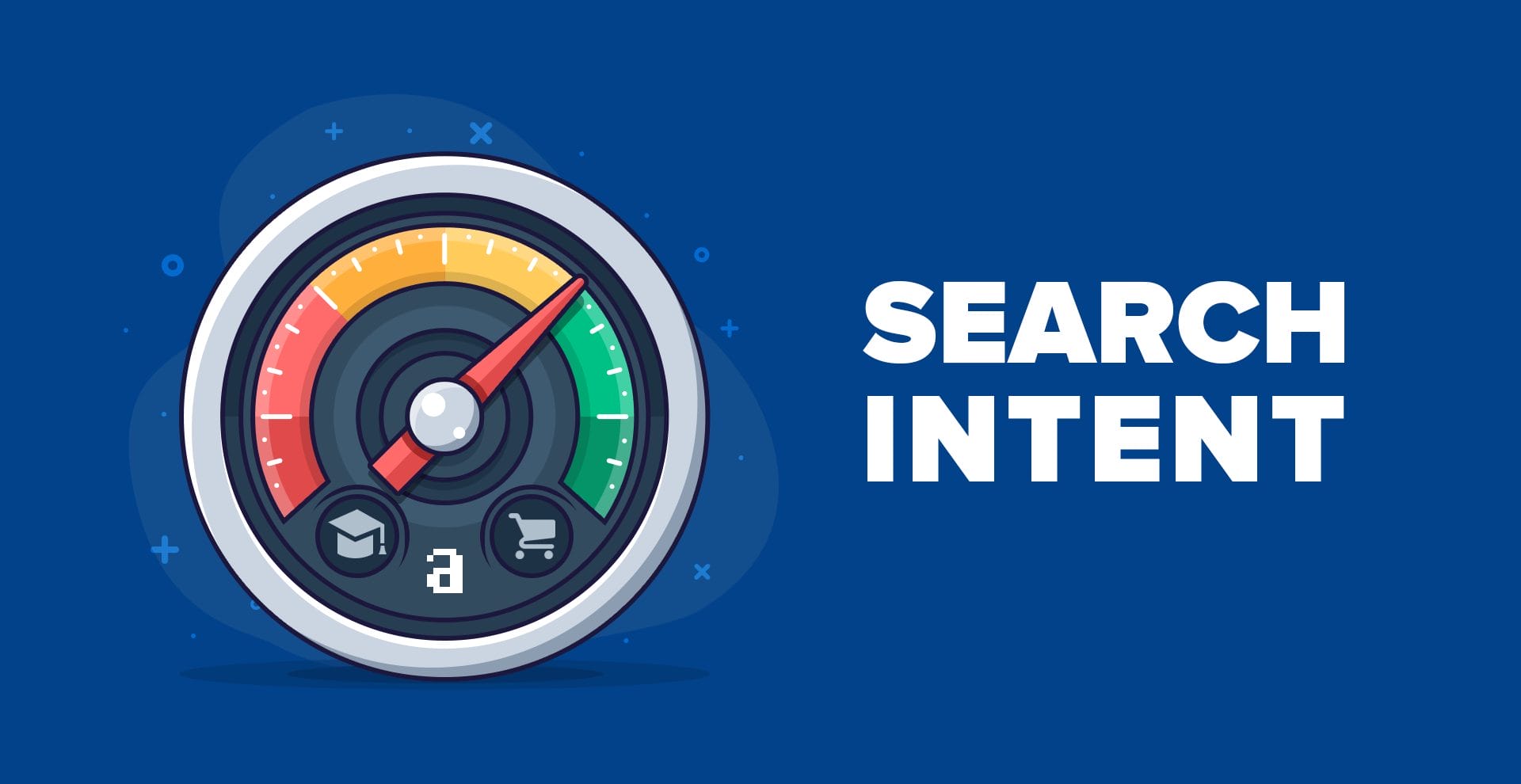SEO is a process, and it can be a bit confusing if you are new to the field. So to help you out, we’ve written an article that covers the basics. In this article, we’ll cover why you need SEO, how to do it right, and how to avoid the pitfalls of over-optimization.
On-page SEO
On-page SEO is the process of optimizing a website in order to improve search engine rankings. This is a good way to drive more visitors to your website and increase conversion rates. The main goal of on-page SEO is to improve the quality of your website by improving the content and structure of your web pages. You may also use a variety of off-page SEO techniques to enhance your visibility on the web.
On-page SEO involves various methods, including creating keywords, developing content, and changing the structure of your web page to enhance its rankings. While some factors are controlled by the website owner, others are determined by the algorithms used by search engines. These include HTML headers, and title tags, among others.
A page title is a very important factor for search engines. This element should contain the keyword that you’re targeting. It should appear within the first two paragraphs of your page’s content. To rank well, you should make sure that your page title is optimized.
The meta description is another on-page ranking factor. While it is not technically a ranking criterion, it is a useful tool to show the search engine what your page is about. Using rich snippets is another on-page SEO technique that can help to attract more visitors to your site. RDFa, markup formats, and microformats are three common options for displaying rich snippets.
One of the most important factors in on-page SEO is determining what keywords your audience is most interested in. By understanding this information, you can develop a content strategy that will appeal to them. Creating content that addresses the needs of your audience is crucial to building a successful SEO campaign. Once you know what content your target audience is most likely to find useful, you can begin to craft a content strategy that will serve your audience’s needs and convert them into customers.
Content is king when it comes to on-page SEO. Search engines want to provide the most relevant results to a given search query. If you’re providing the best content, you can expect your search engine rankings to improve.
Google’s algorithm changes affect how your page is evaluated. In addition to using the best practices for on-page optimization, you should make sure to take advantage of the latest algorithm updates. There are over 200 factors that can impact your web page’s ranking. However, most of these are outside of your control. Luckily, there are many tools and resources to assist you in evaluating your site’s performance.
For example, Google’s Webmaster Guidelines are an excellent resource for learning about the latest changes. You can also consult with an SEO expert to see if your strategy is up to par. Another helpful tip is to acknowledge customer feedback. Feedback helps to improve the user experience on your site.
White hat SEO
White hat SEO is a safe, effective, and ethical way to boost your website’s ranking. The key to white-hat SEO is to follow the search engine’s guidelines, which means writing content that is relevant for your users and producing links that are genuine. This type of SEO saves you money and time and allows you to build a credible online presence.

You can start by optimizing your page components. For instance, you can use relevant meta tags, title tags, image alt text, and URL structures. You can also focus on optimizing your page for mobile devices. These tactics will help you send stronger signals to Google and Bing, which will help your site rank higher.
As a result of creating quality, useful, and authoritative content, your site will get natural links from other sites. By building these links, you will send a positive signal to Google and will increase the dwell time of your visitors. A solid link-building strategy will also help your audience find you and become fans of your brand.
Another essential white hat SEO tactic is to conduct comprehensive keyword research. Keyword research will help you select the most appropriate keywords that will help you get to the top of the search results. To do this, you can use tools such as Wordtracker, which can generate 2,000 high-performing keywords based on a single search.
It is also important to write and publish content that is relevant to your users. Your readers will be satisfied and will come back for more if your content answers their questions and meets their needs. Make sure your site is accessible and easy to navigate. Also, ensure that your content is fresh. With an active blog or a well-designed website, you can continuously update your information to keep your audience engaged.
Another important aspect of white-hat SEO is to avoid spam methods. Google forbids using techniques like keyword stuffing, link buying, and spamming. While it is best, to be honest, you should also be aware of the potential consequences of these practices.
To make the most of white-hat SEO, you need to build an authoritative website. When your website is established in the right niche, it becomes easier to rank for targeted keywords. If you have an affiliate product, be sure to offer original, quality content that is related to the affiliate’s niche. In addition, it is a good idea to incorporate reviews and comparisons in your website’s content.
Aside from white hat SEO, you can also optimize your website for faster loading times. This will keep your website accessible to users and will help it stay in the top ten on Google. Search engines use your site’s load time as a factor when calculating rankings.
Search intent
In the field of SEO, search intent is one of the most important ranking factors. Search intent describes what the user is looking for and how they will proceed to make a purchase. It is also important for marketers to understand how to create content that helps users meet their needs.
Google uses an algorithm to determine what types of content will satisfy a searcher’s intent. As a result, brands have to be aware of how they are doing in the SERPs. This information can help them develop more purposeful and relevant content, and it can boost their rankings in the process.

Top SEO professionals believe that search intent is one of the most important ranking elements. By knowing what searchers are looking for and how they are going to move through the conversion funnel, companies can forge deeper, richer customer relationships.
There are two basic types of search intent: commercial and transactional.
- Commercial intent occurs when people are learning about a brand before making a purchase. They may research future purchases, or they may want to find the best price for a product. A common example of this is when people look for the “cheapest hotel in Singapore”.
- Transactional intent occurs when people are ready to buy something. These searchers know what they want, but they need to convince themselves. The way to achieve this is to use testimonials, visuals, and pricing pages.
While some search engines try to understand a user’s intent, there are many that do not. The best way to determine user intent is to analyze the keywords used by users in Google search results. If your webpage doesn’t satisfy the searcher’s intent, it’s likely that it will be ignored or removed from the SERPs. However, this isn’t a foolproof method.
For a more detailed understanding of search intent, consider using the Quality Raters Guidelines. The guidelines are a great resource for anyone looking to understand the mindset of a searcher, based on their location, time of day, and device.
Another method for determining the type of search intent a particular query is expressing is to examine the search terms in the “Do” category of Google’s search queries. The “Do” category contains a series of concrete concepts that are a good guide for people who are considering high-level planning or action.
Finally, take a look at the “People Also Ask” boxes. These will show you other searches related to your current query. Often, these will include knowledge cards. Knowing the intent behind a keyword will allow you to optimize the content to match the users’ expectations.
Understanding the differences between these three types of search intent is essential to creating effective content. This will help you to better target your customers and improve your conversion rates.



